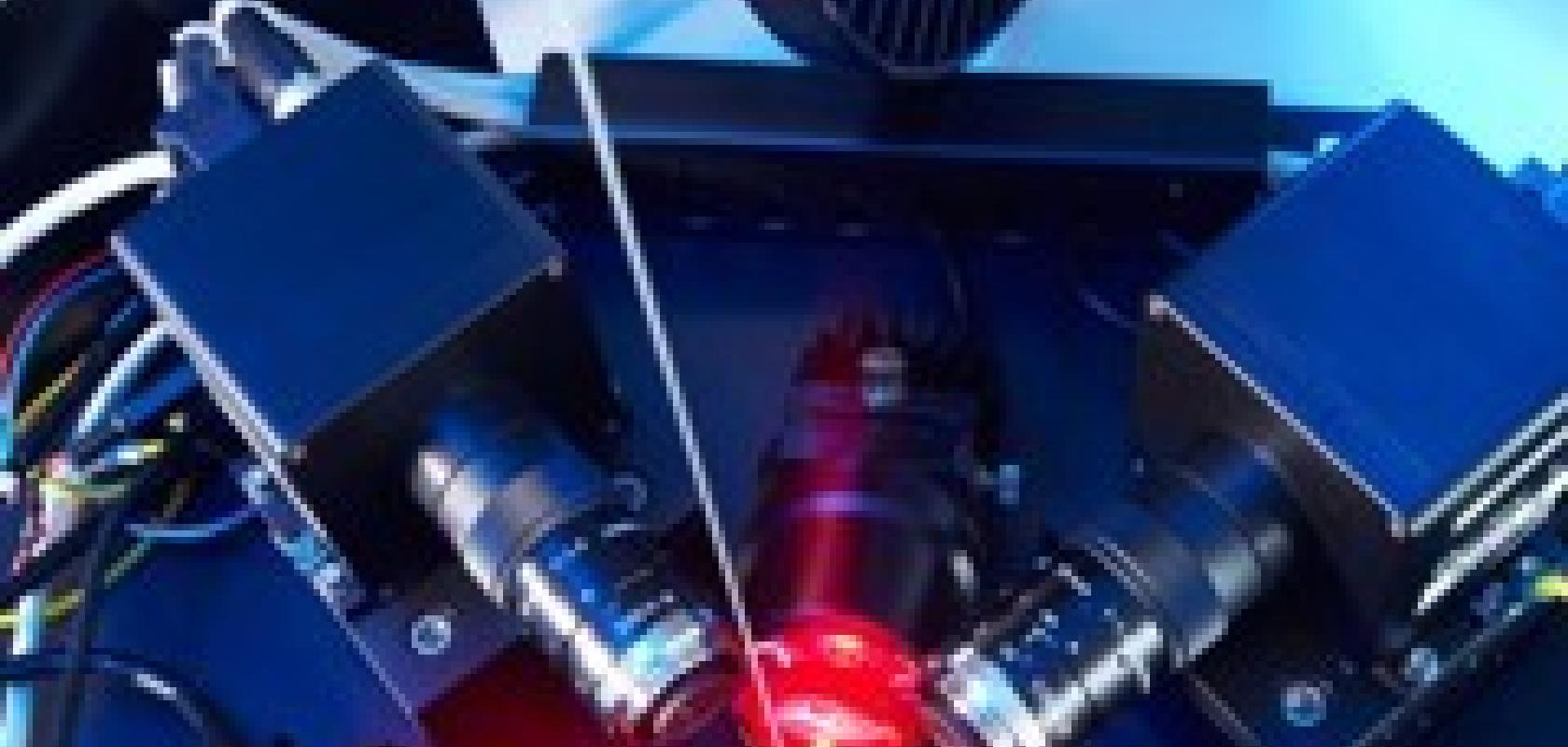A new optical inspection system – developed by the Fraunhofer Institute for Physical Measurement Techniques (IPM) in Freiberg – has been designed to inspect strip products such as pipes, rails, and wires manufactured at high speeds. The inspection process has matured to the point that the scientists are now offering it to wire-pullers.
The system, WIRE-AOI, reviews the workpieces at ten metres a second and finds defects, which can be as narrow as a single hair, in real time. Workers then see the processed defects depicted graphically on a monitor, and can remove the corresponding pieces. The system marks the location of the defect, and stores the associated camera image in a database.
Four high-speed cameras deliver the images of the defects with each one capable of shooting 10,000 images per second. ‘Only a handful of models for industrial camera inspection are able to record this number of images in the first place, much less analyse them in real time,’ said Dr Daniel Carl, group manager for Inline Measurement Techniques at IPM.
Carl explained that the team has used a cellular neuronal network. ‘That means each pixel is itself a computer in its own right. In order to program these, you need specialised knowledge about parallel architectures that the team at IPM has at its disposal.’ The corresponding software must first enable the system to analyse the images shot by the camera.
A very bright LED light shines flashes 10,000 times per second. ‘The image does not blur since, in such short periods of time, in principle nothing moves - even at speeds of up to ten metres per second,’ Carl added. The human eye can hardly perceive these very short light times. Therefore, the system is safe for the retina despite the extreme brightness.
Makers of strip products can use the system to identify, classify, and document defects during production, for instance, by determining surface defects at the threshold levels for depth, width, and length adapted. If the workpiece exceeds these parameters, then the software sounds the alarm optically and acoustically.


